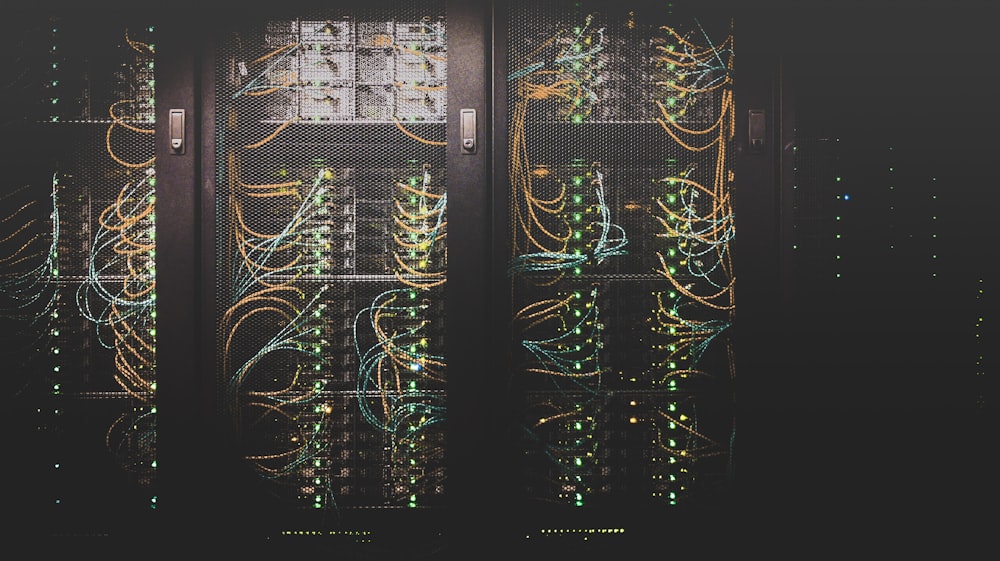Introduction to System Design: Why It Matters
Discover what system design is, why it's crucial for modern software development, and how it can transform your approach to building applications
Introduction to System Design: Why It Matters
In today's digital landscape, where applications serve millions of users and handle massive amounts of data, understanding system design has become more critical than ever. Whether you're a software engineer, architect, or technology leader, mastering system design principles is essential for building robust, scalable, and maintainable systems.
What is System Design?
System design is the process of defining the architecture, components, modules, interfaces, and data structures of a system to satisfy specified requirements. It's the blueprint that guides how different parts of a system work together to achieve business objectives while meeting performance, scalability, and reliability requirements.
Think of system design as the architectural planning phase of software development. Just as architects create detailed blueprints before constructing a building, system designers create comprehensive plans before building complex software systems.
Why Should You Care About System Design?
1. Scalability Challenges
Modern applications face unprecedented scaling challenges:
- User Growth: Applications can grow from thousands to millions of users rapidly
- Data Volume: Systems must handle petabytes of data efficiently
- Global Reach: Applications need to serve users across different geographical locations
- Real-time Requirements: Users expect instant responses and real-time updates
Without proper system design, applications crumble under these pressures, leading to poor user experiences and business failures.
2. Cost Optimization
Poor system design leads to:
- Over-provisioning: Wasting resources on unnecessary infrastructure
- Inefficient Resource Usage: High operational costs due to poor optimization
- Technical Debt: Expensive refactoring and maintenance costs
- Downtime Costs: Revenue loss due to system failures
Good system design helps optimize costs by ensuring efficient resource utilization and preventing expensive architectural mistakes.
3. Career Advancement
System design skills are highly valued in the tech industry:
- Senior Roles: Essential for senior engineer and architect positions
- Technical Leadership: Required for leading complex projects
- Interview Success: Major component of senior-level technical interviews
- Problem-Solving: Develops critical thinking and analytical skills
4. Business Impact
Well-designed systems directly impact business success:
- User Experience: Fast, reliable systems improve user satisfaction
- Market Competitiveness: Ability to scale quickly and handle growth
- Innovation Speed: Well-architected systems enable faster feature development
- Risk Mitigation: Reduced system failures and security vulnerabilities
Core Principles of System Design
1. Scalability
The ability of a system to handle increased load gracefully:
- Horizontal Scaling: Adding more servers to handle increased load
- Vertical Scaling: Upgrading existing hardware for better performance
- Auto-scaling: Automatically adjusting resources based on demand
2. Reliability
Ensuring the system continues to work correctly even when failures occur:
- Fault Tolerance: System continues operating despite component failures
- Redundancy: Multiple copies of critical components
- Error Handling: Graceful degradation when errors occur
3. Availability
Keeping the system operational and accessible:
- High Availability: Minimizing downtime through redundancy
- Disaster Recovery: Plans for recovering from catastrophic failures
- Monitoring: Continuous health checks and alerting
4. Consistency
Ensuring data remains accurate and synchronized across the system:
- ACID Properties: Maintaining data integrity in transactions
- Eventual Consistency: Accepting temporary inconsistencies for better performance
- Strong Consistency: Ensuring immediate consistency across all nodes
5. Performance
Optimizing system response times and throughput:
- Latency Optimization: Reducing response times
- Throughput Maximization: Handling more requests per second
- Resource Efficiency: Optimal use of CPU, memory, and network resources
Common System Design Patterns
1. Load Balancing
Distributing incoming requests across multiple servers to prevent any single server from becoming overwhelmed.
2. Caching
Storing frequently accessed data in fast storage layers to reduce response times and database load.
3. Database Sharding
Splitting databases across multiple machines to handle larger datasets and higher throughput.
4. Microservices Architecture
Breaking down applications into smaller, independent services that can be developed and scaled separately.
5. Message Queues
Enabling asynchronous communication between system components for better decoupling and reliability.
Real-World Applications
System design principles are applied in systems you use every day:
- Social Media Platforms: Handle billions of posts, likes, and messages
- E-commerce Sites: Process millions of transactions and product searches
- Streaming Services: Deliver high-quality video to millions of concurrent users
- Search Engines: Index and search through billions of web pages instantly
- Banking Systems: Ensure secure, consistent financial transactions
Getting Started with System Design
1. Learn the Fundamentals
- Understand basic computer science concepts
- Study networking, databases, and distributed systems
- Learn about different architectural patterns
2. Practice with Real Examples
- Analyze existing systems and their architectures
- Design systems for common use cases
- Participate in system design discussions and reviews
3. Stay Updated
- Follow industry trends and new technologies
- Read case studies from major tech companies
- Attend conferences and workshops
4. Build and Experiment
- Implement small-scale versions of complex systems
- Experiment with different architectural approaches
- Measure and optimize system performance
What's Next?
System design is a vast field with many specialized areas to explore:
- Distributed Systems: Understanding how to build systems across multiple machines
- Database Design: Optimizing data storage and retrieval
- Security Architecture: Building secure systems from the ground up
- Performance Engineering: Optimizing systems for speed and efficiency
- Cloud Architecture: Leveraging cloud services for scalable solutions
Conclusion
System design is not just about technology—it's about solving real-world problems at scale. It combines technical knowledge with business understanding to create systems that can grow, adapt, and thrive in an ever-changing digital landscape.
Whether you're building the next social media platform, designing a financial system, or creating an e-commerce solution, the principles and patterns of system design will guide you toward creating robust, scalable, and maintainable systems.
The journey of mastering system design is ongoing, but every step you take will make you a better engineer and problem solver. Start with the fundamentals, practice regularly, and always keep learning. The systems of tomorrow depend on the design decisions we make today.
Ready to dive deeper into system design? Stay tuned for more detailed guides on specific system design patterns, case studies, and hands-on tutorials that will help you master the art and science of building scalable systems.




